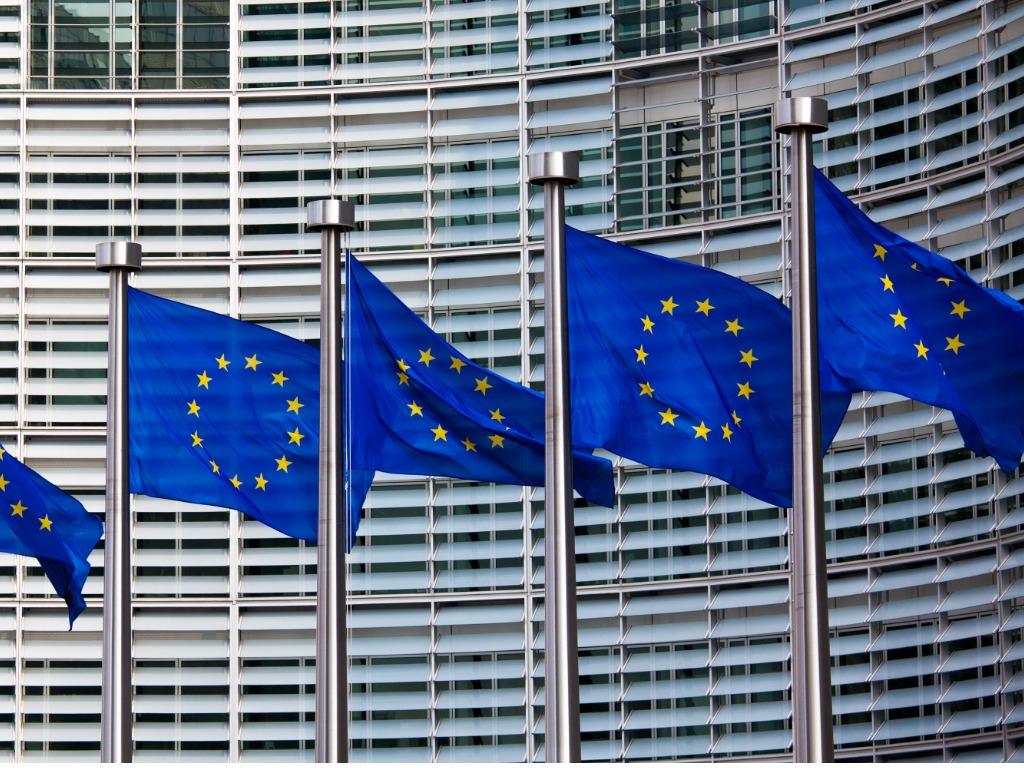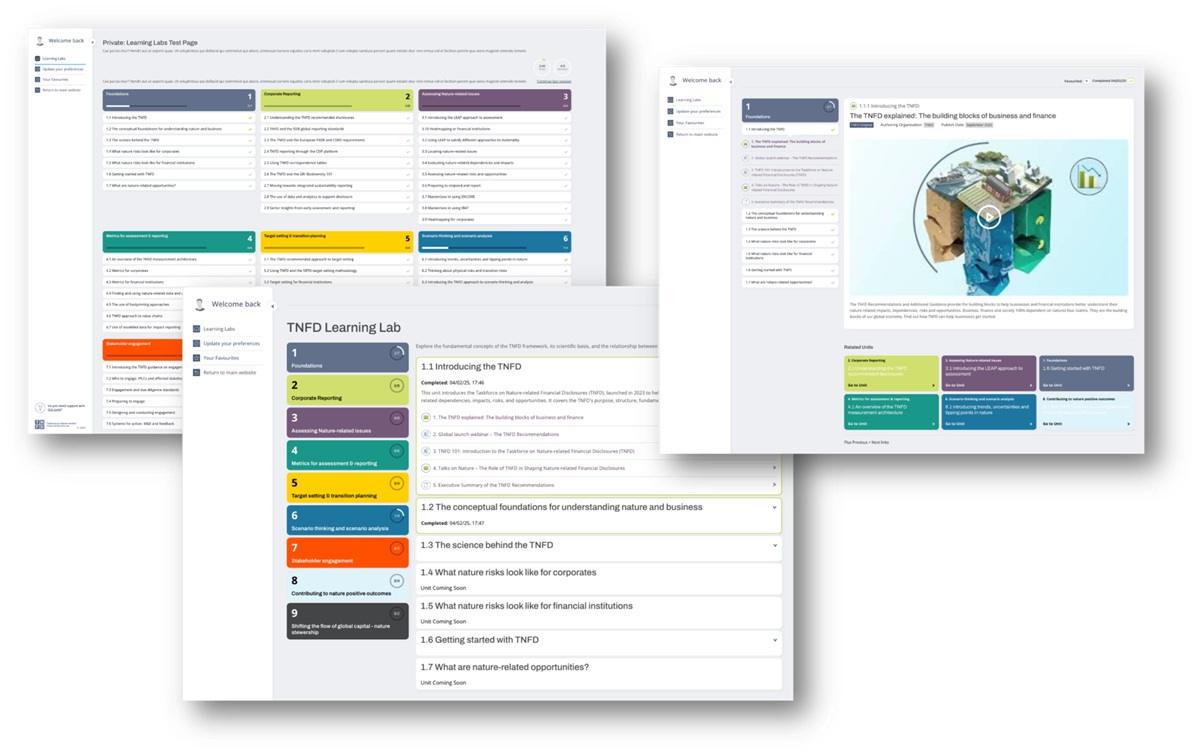EU Adopts Rules Requiring Product Emissions Reporting for New Import Carbon Tax
The European Commission announced today the adoption of reporting rules for importers of products under the Carbon Border Adjustment Mechanism (CBAM), the EU’s new carbon tax on imported goods, aimed at equalizing the carbon price paid by European producers with those outside the EU.
The new rules will require companies to begin collecting data on the embedded emissions of imported products in October of this year, with reporting beginning by the end of January 2024, and will apply through the transitional phase of CBAM, which runs until the end of 2025.
The main purpose of CBAM, adopted by the EU earlier this year, is to avoid “carbon leakage,” a situation in which companies move production of emissions intensive goods to countries with less stringent environmental and climate policies.
CBAM will equalize the price of carbon paid for EU products operating under the EU Emissions Trading System (ETS) – the EU’s internal cap and trade carbon pricing mechanism – with that paid for products produced in other countries, with companies that import into the EU required to purchase CBAM certificates in order to make up the difference.
Under the newly adopted rules, importers will be required to report on the embedded emissions of goods imported into the EU, with information including the country of origin of the goods, the installation where the goods were produced and the geographical coordinates of the main emissions source of the facility. Importers will be required to report on products’ direct emissions, including through the production process of the goods expressed as CO2e per tonne, and on indirect emissions, with information including the electricity consumption of the production process.
CBAM will initially apply to specific products from carbon intensive sectors, including iron and steel, cement, fertilizers, aluminum, electricity, hydrogen, and some downstream products such as screws and bolts, as well as to some indirect emissions under certain conditions. In the transition phase, which runs until 2026 importer obligations are limited only to reporting of product emissions.
The EU Commission added that it has also published guidance today to help importers and third country producers to implement the new rules, and noted that dedicated IT tools to help importers perform and report the required calculations are currently being developed, along with training materials, webinars and tutorials.





